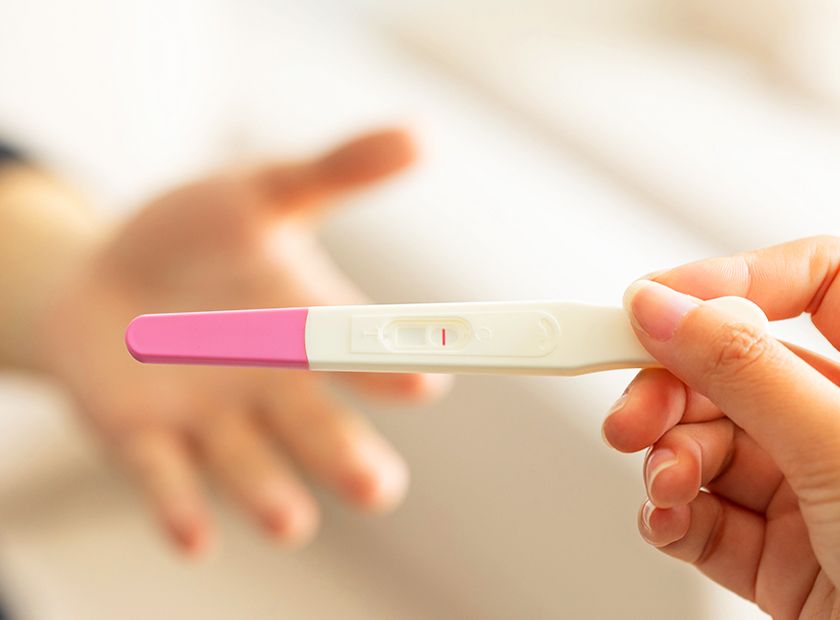Factors That Affect the Success of IVF Treatment

Several factors affect success rates for IVF treatment. One of the most important is the age of the woman or man undergoing treatment. A woman under 35 years of age has the highest chance of becoming pregnant after IVF treatment. If the woman or man is over 40, the chances of conception are much lower. Age also has an impact on the live birth rate. For example, the live birth rate is around 46% if the mother or father is under 35 years of age, while the live birth rate is only about 22% for women over 38 years of age.
Embryo transfer
Embryo transfer is one of the main components of IVF treatment. It occurs when several embryos are implanted in the uterus simultaneously. This can lead to twins, triplets, or more. Several factors determine the number of embryos that are transferred. Embryos that aren't transferred can be frozen or donated.
This procedure is done after the eggs are fertilized. The doctor may use medication to make the eggs mature and ready for fertilization. The eggs will then be removed and mixed with sperm in a laboratory. The doctor will then place one or more fertilized eggs in the uterus. After a certain amount of time, the embryo implants in the uterus wall, resulting in pregnancy. This process can take six to 10 days. Once the embryo implants in the uterine lining, a blood test will be performed to confirm the pregnancy.
Ovarian stimulation
In IVF treatment with ovarian stimulation, fertility drugs are given to a woman to help her ovaries produce more eggs. This is important because it increases the chances of pregnancy. Most women take fertility drugs for a total of 8-14 days. The drugs are designed to stimulate the ovaries to produce more mature eggs, which will then be retrieved for egg retrieval. However, not all eggs retrieved are viable. Only two-thirds of retrieved eggs are mature enough for implantation.
A doctor uses ultrasound to monitor the follicles in a woman's ovaries. The results are sent by fax on the same day. A woman can expect to feel pressure and fullness after the procedure. This will usually go away on its own.
GnRH agonist treatment
A GnRH agonist is a common practice in infertility treatment, but there are some potential side effects. The side effects can range from mild to severe and usually go away soon after the medication is stopped. One of the most severe side effects of GnRH agonist treatment is thinning of the bones.
Although the exact mechanisms are unclear, GnRH agonist treatment may increase the success rate of in vitro fertilization. It may work by stimulating the pituitary gland to produce LH and estrogen. It may also produce these hormones directly by acting on the corpus luteum.
Leuprolide acetate
Leuprolide acetate for IVF treatment is a medication that delays the release of eggs. It works by blocking the hormones in the body that control egg development. It is available as a sterile solution and is administered via injection. The dosage should be taken as prescribed by a physician.
Leuprolide acetate has been approved for in vitro fertilization treatment in both men and women. The drug is also used in treatments for prostate cancer, endometriosis, and uterine fibroids. The dosage of leuprolide acetate will vary depending on the treatment type and the patient's age. Leuprolide acetate for IVF treatment is typically given for two months after the start of the in-vitro fertilization cycle.
Cytoplasmic transfer
Cytoplasmic transfer is a breakthrough in IVF treatment. It does not involve using an artificial egg but instead uses a patient's egg as a source of cytoplasm. This transfer improves the chances of conceiving by reviving an egg's mitochondria. However, the procedure has its limitations. For instance, it requires a high level of ovarian activity. A woman's eggs must be at least two-thirds viable. If the ovarian reserve is too small, the treatment will be ineffective.
During this procedure, a patient's sperm is injected into six eggs. The embryos then show signs of cell division and fertilization. Four fertilized eggs were transferred into the uterus through the patient's cervical opening. The process resulted in the delivery of a healthy baby girl.



